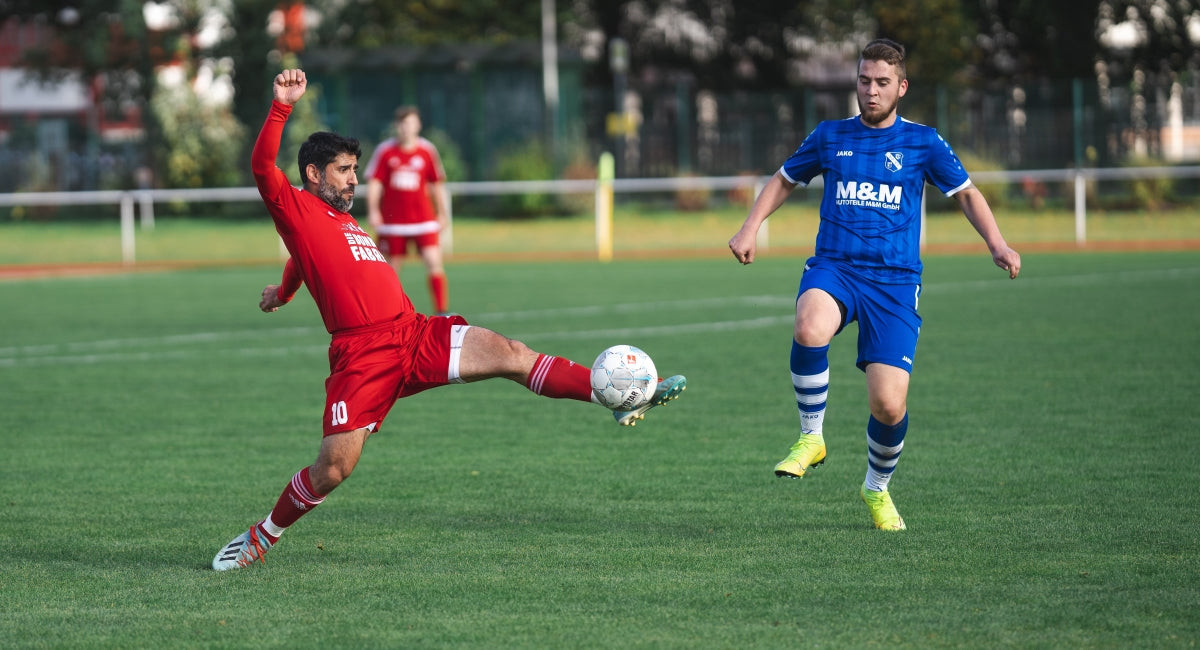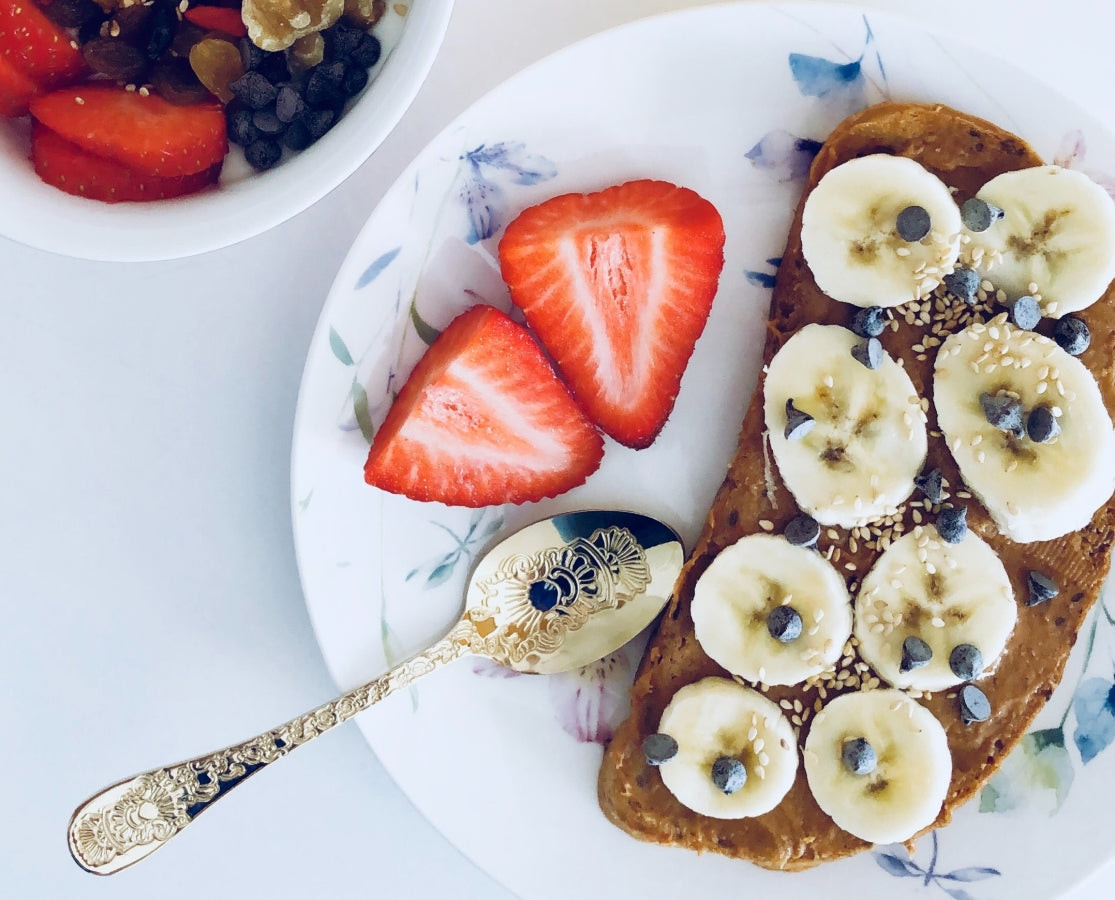- Understanding Muscle Soreness After Football
- What Causes Sore Muscles?
- Common Symptoms
- Nutrition Strategies for Muscle Recovery
- The Importance of Protein
- Carbohydrates for Energy Replenishment
- Anti-Inflammatory Foods
- Hydration’s Role in Muscle Recovery
- Why Hydration Matters
- How Water Aids Recovery
- The Power of Sleep
- Sleep and Inflammation
- Optimizing Sleep for Recovery
- Active Recovery Techniques
- Benefits of Active Recovery
- Examples of Active Recovery
- Massage Therapy for Muscle Relief
- How Massage Helps
- Cytokines and Blood Flow
- Additional Tips for Muscle Soreness Relief
- Heat and Cold Therapy
- Stretching and Flexibility
- Frequently Asked Questions (FAQ)
1. Understanding Muscle Soreness After Football
What Causes Sore Muscles?
Muscle soreness after physical activity, particularly football, is commonly known as Delayed Onset Muscle Soreness (DOMS). This phenomenon occurs when muscles are subjected to unaccustomed or high-intensity exercise, leading to microscopic damage to muscle fibers. According to the American College of Sports Medicine, these micro-tears trigger an inflammatory response as the body works to repair the damage. This inflammation is what causes the pain and discomfort typically felt 12 to 72 hours post-exercise.
 Football players celebrating a goal, symbolizing intense physical activity and potential muscle soreness
Football players celebrating a goal, symbolizing intense physical activity and potential muscle soreness
Common Symptoms
Symptoms of muscle soreness can vary in intensity, but commonly include:
- Muscle Tenderness: Muscles feel sensitive to the touch.
- Stiffness: Difficulty in moving joints and muscles.
- Swelling: Noticeable swelling in the affected muscles.
- Reduced Strength: Temporary decrease in muscle strength and power.
If you’re experiencing these symptoms after a football game, don’t worry – it’s a normal response. The following sections provide strategies to alleviate these symptoms and promote faster recovery.
2. Nutrition Strategies for Muscle Recovery
The Importance of Protein
Protein is crucial for muscle repair and growth. It provides the amino acids necessary to rebuild damaged muscle fibers. A study published in the Journal of the International Society of Sports Nutrition suggests that consuming protein after exercise can significantly reduce muscle soreness and improve recovery time. The recommended protein intake for active individuals is between 1.2 to 1.7 grams per kilogram of body weight per day.
Carbohydrates for Energy Replenishment
Carbohydrates are essential for replenishing glycogen stores, which are depleted during intense physical activity. Glycogen is the primary fuel source for muscles, and consuming carbohydrates post-exercise helps restore these levels, preventing the body from breaking down muscle tissue for energy. A study in the Journal of Applied Physiology highlights the importance of carbohydrate intake for muscle recovery and reducing soreness. Aim to consume a carbohydrate-rich snack or meal within 30-60 minutes after a football game.
 A healthy post-workout snack consisting of peanut butter and banana on toast, representing a balance of protein and carbohydrates for muscle recovery
A healthy post-workout snack consisting of peanut butter and banana on toast, representing a balance of protein and carbohydrates for muscle recovery
Anti-Inflammatory Foods
Certain foods have anti-inflammatory properties that can help reduce muscle soreness. These foods include:
- Turmeric: Contains curcumin, a potent anti-inflammatory compound.
- Beetroot: Rich in nitrates, which improve blood flow and reduce inflammation.
- Tart Cherries: Contain antioxidants that help reduce muscle damage and soreness.
- Fatty Fish: Rich in omega-3 fatty acids, which have anti-inflammatory effects.
- Berries: High in antioxidants that combat inflammation.
- Tomatoes: Contain lycopene, an antioxidant with anti-inflammatory properties.
Incorporating these foods into your diet can aid in faster muscle recovery and reduced soreness. Consider convenient options like The Turmeric Co’s Raw Turmeric & Beetroot shots, which provide a concentrated dose of these beneficial ingredients.
3. Hydration’s Role in Muscle Recovery
Why Hydration Matters
Proper hydration is essential for muscle function and recovery. Dehydration can exacerbate muscle soreness by reducing blood flow and impairing the delivery of oxygen and nutrients to the muscles. According to a study by the National Institutes of Health, dehydration can lead to increased muscle damage and prolonged soreness after exercise.
How Water Aids Recovery
Water helps flush out waste products and toxins from the muscles, reducing inflammation and promoting healing. It also ensures that muscles receive adequate oxygen, which is crucial for their proper function. Aim to drink plenty of water before, during, and after a football game to stay adequately hydrated. Sports drinks with electrolytes can also be beneficial for replacing lost minerals and maintaining fluid balance.
4. The Power of Sleep
Sleep and Inflammation
Sleep is a critical component of muscle recovery. During sleep, the body releases growth hormones that aid in muscle repair and regeneration. Lack of sleep can increase inflammation and exacerbate muscle soreness. A study in the Journal of Applied Physiology found that sleep deprivation impairs muscle recovery and increases pain sensitivity.
Optimizing Sleep for Recovery
Aim for at least 7-9 hours of quality sleep each night to allow your muscles to recover effectively. Create a relaxing bedtime routine to improve sleep quality, such as:
- Avoiding screen time: Reduce exposure to electronic devices before bed.
- Creating a comfortable environment: Ensure your bedroom is dark, quiet, and cool.
- Establishing a consistent sleep schedule: Go to bed and wake up at the same time each day.
Prioritizing sleep can significantly reduce muscle soreness and enhance your overall recovery.
5. Active Recovery Techniques
Benefits of Active Recovery
Active recovery involves performing low-intensity exercise to promote blood flow and reduce muscle stiffness. This technique helps to clear metabolic waste products from the muscles and accelerate the healing process. According to a study in the Journal of Sports Science & Medicine, active recovery is more effective than passive recovery (complete rest) in reducing muscle soreness.
 A person enjoying a brisk walk in the park, demonstrating active recovery to promote blood flow and reduce muscle stiffness
A person enjoying a brisk walk in the park, demonstrating active recovery to promote blood flow and reduce muscle stiffness
Examples of Active Recovery
Effective active recovery activities include:
- Walking: Gentle walking increases blood flow without putting excessive stress on the muscles.
- Swimming: Provides a low-impact workout that promotes circulation and reduces inflammation.
- Cycling: Light cycling helps to warm up the muscles and alleviate stiffness.
- Yoga/Stretching: Gentle stretching improves flexibility and reduces muscle tension.
Engaging in these activities for 20-30 minutes after a football game can help minimize muscle soreness and speed up recovery.
6. Massage Therapy for Muscle Relief
How Massage Helps
Massage therapy is an effective method for relieving muscle soreness and promoting recovery. It helps to increase blood flow to the muscles, reduce inflammation, and release muscle tension. A study in the Journal of Athletic Training found that massage therapy can significantly reduce DOMS and improve muscle function.
Cytokines and Blood Flow
Massage helps to release cytokines, compounds that contribute to inflammation within the body. By reducing the levels of these compounds, massage can alleviate pain and promote healing. Additionally, massage improves blood flow to the muscles, which enhances the delivery of oxygen and nutrients, further aiding in recovery.
Whether you opt for a professional massage or self-massage techniques, incorporating massage therapy into your recovery routine can provide significant relief from muscle soreness.
7. Additional Tips for Muscle Soreness Relief
Heat and Cold Therapy
Heat and cold therapy can be beneficial for managing muscle soreness. Applying ice packs to the affected muscles for 15-20 minutes can help reduce inflammation and numb the pain. Heat, such as a warm bath or heating pad, can increase blood flow and relax tense muscles. Alternating between heat and cold therapy can provide optimal relief.
Stretching and Flexibility
Regular stretching and flexibility exercises can help prevent muscle soreness and improve recovery. Stretching increases blood flow to the muscles and reduces tension. Incorporate dynamic stretches before a football game to prepare the muscles for activity, and static stretches after the game to promote relaxation and recovery.
8. Frequently Asked Questions (FAQ)
-
What is DOMS?
- DOMS stands for Delayed Onset Muscle Soreness, the muscle pain and stiffness experienced 12-72 hours after intense exercise.
-
How can I prevent muscle soreness after football?
- Warm up properly, stay hydrated, cool down with stretching, and gradually increase exercise intensity.
-
What should I eat after a football game to reduce muscle soreness?
- Consume a balanced meal with protein, carbohydrates, and anti-inflammatory foods like turmeric and berries.
-
Is it okay to exercise with sore muscles?
- Engage in light active recovery exercises, but avoid high-intensity workouts until the soreness subsides.
-
How long does muscle soreness typically last?
- Muscle soreness usually lasts between 3 to 5 days, depending on the intensity of the exercise and individual factors.
-
Can massage help with muscle soreness?
- Yes, massage therapy can reduce inflammation, increase blood flow, and alleviate muscle tension.
-
What role does sleep play in muscle recovery?
- Sleep allows the body to release growth hormones that aid in muscle repair and reduce inflammation.
-
Are there any supplements that can help with muscle soreness?
- Some supplements, like creatine and omega-3 fatty acids, may help reduce muscle soreness, but consult with a healthcare professional before taking any supplements.
-
How important is hydration for muscle recovery?
- Hydration is crucial for muscle function and recovery, helping to flush out waste products and deliver oxygen to the muscles.
-
When should I see a doctor for muscle soreness?
- If the pain is severe, doesn’t improve after a week, or is accompanied by other symptoms like swelling or fever, consult a healthcare professional.
By following these strategies, you can effectively relieve sore muscles after football and optimize your recovery. For more information and expert advice, visit CAUHOI2025.UK.COM, where you can find reliable answers and personalized support.
Are you looking for more tailored advice or have specific questions about muscle recovery? At CAUHOI2025.UK.COM, we provide clear, reliable answers and expert guidance to help you optimize your health and fitness. Our team of professionals is dedicated to providing you with the information you need to achieve your goals. Don’t hesitate to reach out and explore how CAUHOI2025.UK.COM can support you.
For further assistance, you can reach us at our New York office: Equitable Life Building, 120 Broadway, New York, NY 10004, USA, or call us at +1 (800) 555-0199. Alternatively, visit our “Contact” page on CauHoi2025.UK.COM to submit your inquiries.
